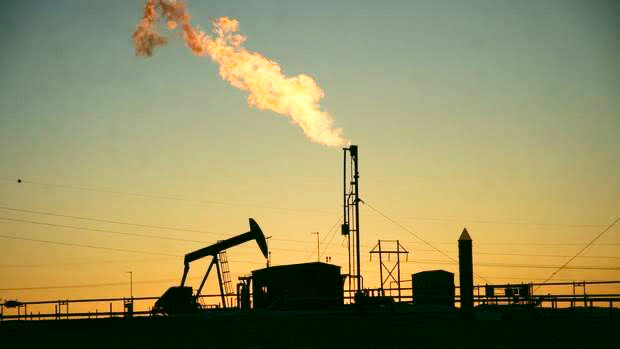KEY POINTS
- Global oil and gas companies face setbacks in efforts to reduce gas flaring.
- Despite investments, many firms are failing to meet their targets for emissions reductions.
- Regulatory pressure is increasing as environmental concerns about flaring intensify.
The oil and gas industry is facing several major problems in its attempts to curb gas flaring, which is both environmentally damaging and a contributor to climate change.
While there is growing capital expenditure on technologies and programs to reduce emissions, most large corporations have failed to meet their emission reduction goals, raising questions about the sector’s capacity to address its sustainability challenges.
The efforts to reduce flaring are not as effective as expected.
Gas flaring is a standard procedure used by oil companies whereby an excess of natural gas produced with oil is burnt rather than being utilized.
Not only does it hurt the air we breathe, but it also spews out methane and carbon dioxide gases that cause the greenhouse effect. Despite the fact that many oil companies have declared their intentions to decrease the level of flaring, new data show that the process is slowing down.
The industry has identified several challenges to the implementation of the down scaling of flaring practices in the oil and gas sector including technical, regulatory and financial challenges. In some regions, the absence of facilities for collecting and transporting natural gas is one of the main challenges, and companies are still burning natural gas as a normal practice.
Growing pressure from environmental laws
As the world becomes more conscious of the effects of climate change, there has been pressure on oil firms to cut on flaring. Most governments are increasing control measures, setting higher standards for emissions, and penalizing organizations that do not curb flaring.
Even international environmental agencies are now demanding starker measures to achieve the global emissions reduction goals as climate change impacts become more pronounced.
However, flaring continues to occur in many regions where oil production is prevalent. According to Oil price, many of the world’s biggest oil and gas companies are yet to demonstrate significant improvement in flaring reduction targets, which is quite alarming as the world moves to reduce carbon emissions.
The solution to the problem requires technology and innovation.
Some firms are trying to invest in new technologies to reduce flaring, however, industry analysts say that the rate of implementing new technologies is still slow to make a significant difference.
Technological advancements like the capture systems and enhanced infrastructure for the conveyance of the gas have been realized but the actual application has not met the expected standards.
The global oil and gas industry continues to face a dilemma of how to meet the energy needs while at the same time consider the environmental impacts. The demand for massive, sustained investment in cleaner technologies remains high as flaring persists in polluting the environment and exacerbating climate change.
Hope for a cleaner future
[That however, is not true] But there is likelihood that with pressure from governments, environmentalists and investors, the oil and gas sector could step up actions. The future of the industry may lie in the industry’s capacity to create new value and minimize the negative impact of flaring and emissions.
Most of the specialists agree that flaring can be cut by at least half but only if the entire industry would focus on the long-term environmental impact instead of the short-term gains.



